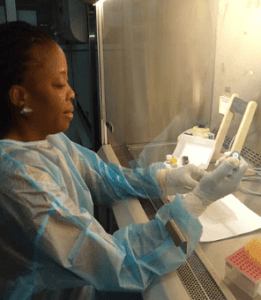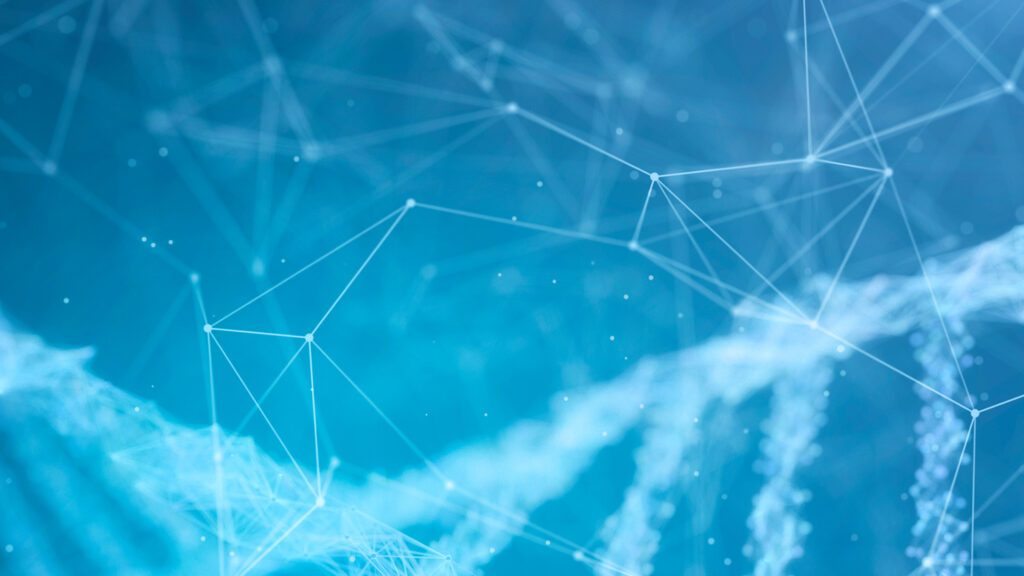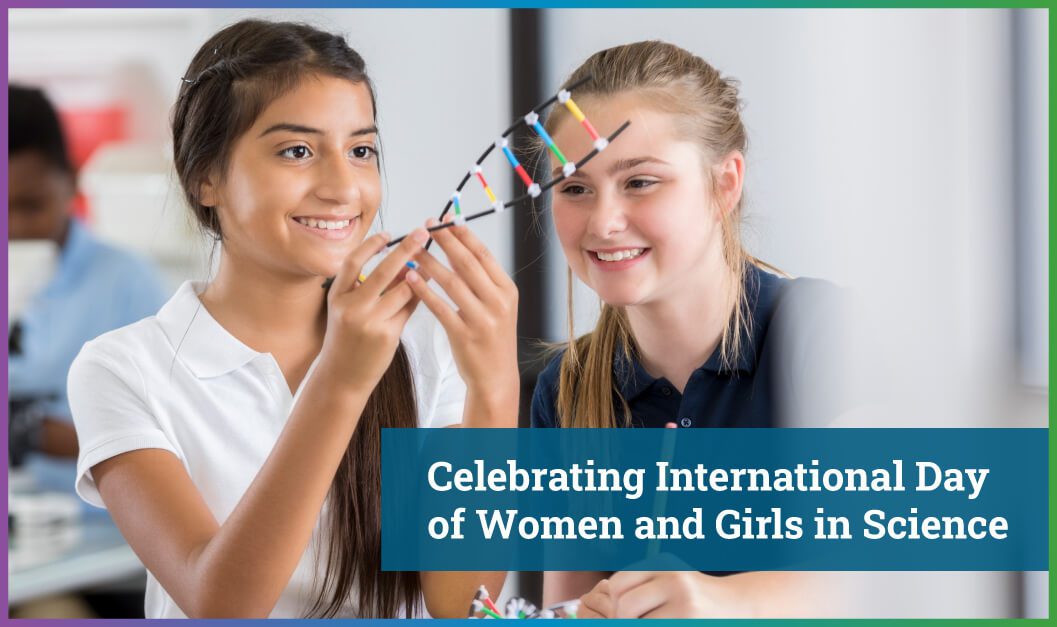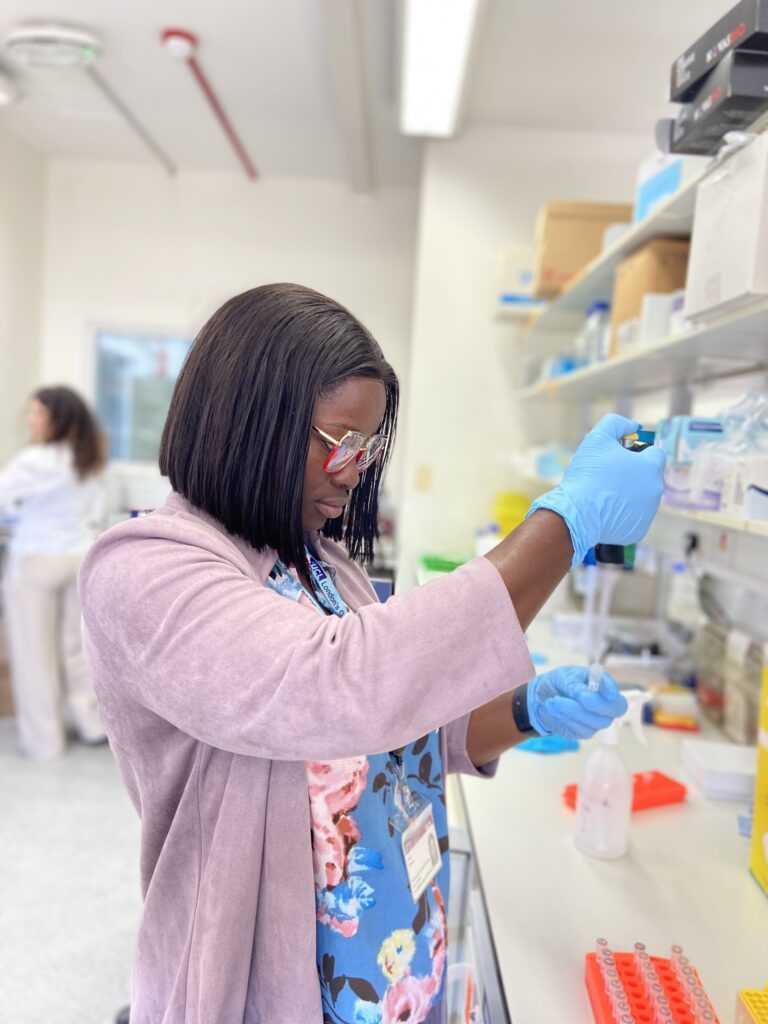
In 2016, the UN declared February 11th “International Day of Women and Girls in Science.” This declaration is a global reminder of the need to increase and balance the representation of women and girls worldwide in the field of science, technology, engineering, arts, and math (also known as STEAM). In spite of significant progress towards increasing women’s participation in higher education, women still remain underrepresented in science, particularly in senior positions in the workplace. Women and girls’ equal representation and empowerment will make a vital contribution to economic growth and to progress in the goals and targets that are associated with breaking new ground and improving living conditions.
Today, we celebrate the tireless work of all women and girls whose contributions to STEAM fields have laid the groundwork for our efforts to better understand the genetics of Parkinson’s disease.

At the Global Parkinson’s Genetics Program (GP2), women occupy roles as leaders of several working groups, as mentors, and as senior and junior trainees. Their equal rights in participation, discussion, decision-making, access to funded opportunities, training, and mentorship are honored and respected. As representatives of the Trainee Network, we would like to take this special day to appreciate and honor all the women involved in this program for their contribution to the accomplishment of the goals of GP2 and ultimately to the advancement of Parkinson’s disease genetics. Without their consistent effort, we would not have come this far.
 In recent years, there has been significant progress toward greater gender equality. Women have similar access to education and opportunities as men in many places, but there is still a long way to go. Roles for women in society,academia, and the workplace today should continue to expand. It is important that the scientific world continues to recognize, support, and encourage more women to engage in global initiatives to further advance the field. We believe GP2 serves as an example of a platform that can help realize this mission.
In recent years, there has been significant progress toward greater gender equality. Women have similar access to education and opportunities as men in many places, but there is still a long way to go. Roles for women in society,academia, and the workplace today should continue to expand. It is important that the scientific world continues to recognize, support, and encourage more women to engage in global initiatives to further advance the field. We believe GP2 serves as an example of a platform that can help realize this mission.
GP2 is continually offering opportunities for the research community to learn more about Parkinson’s disease genetics research. Check out our upcoming opportunities or take advantage of our training courses which have subtitles available in over 100 languages!








